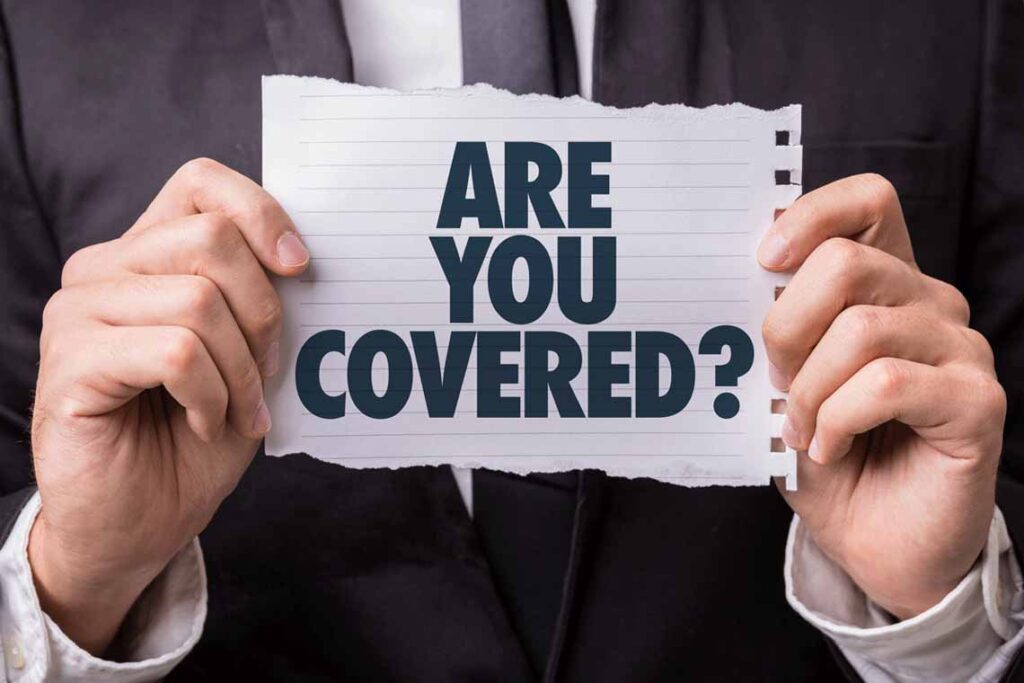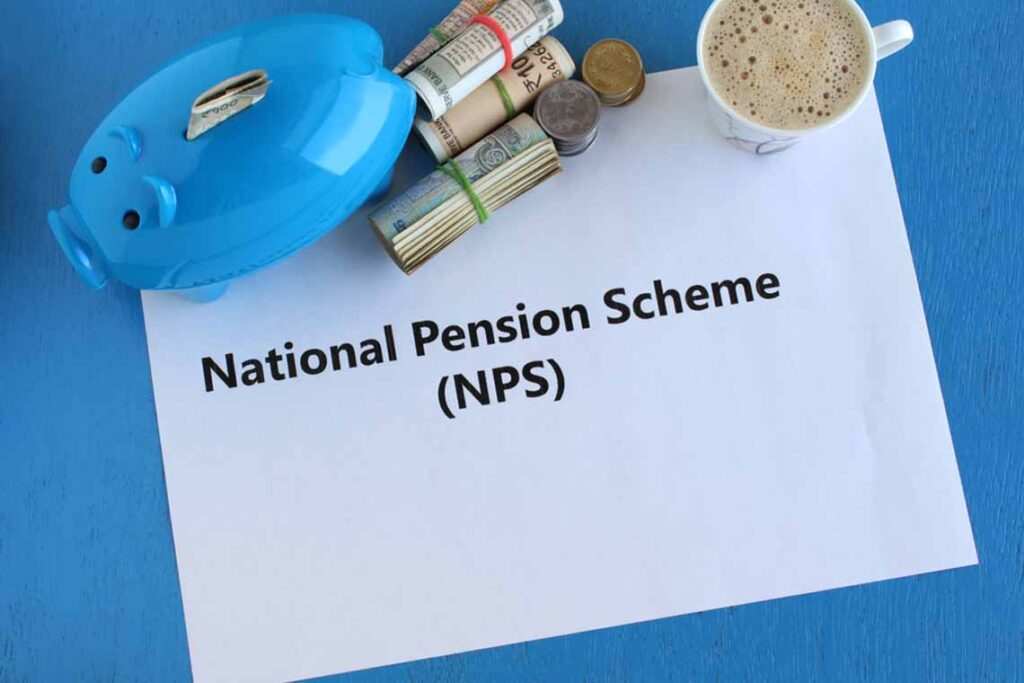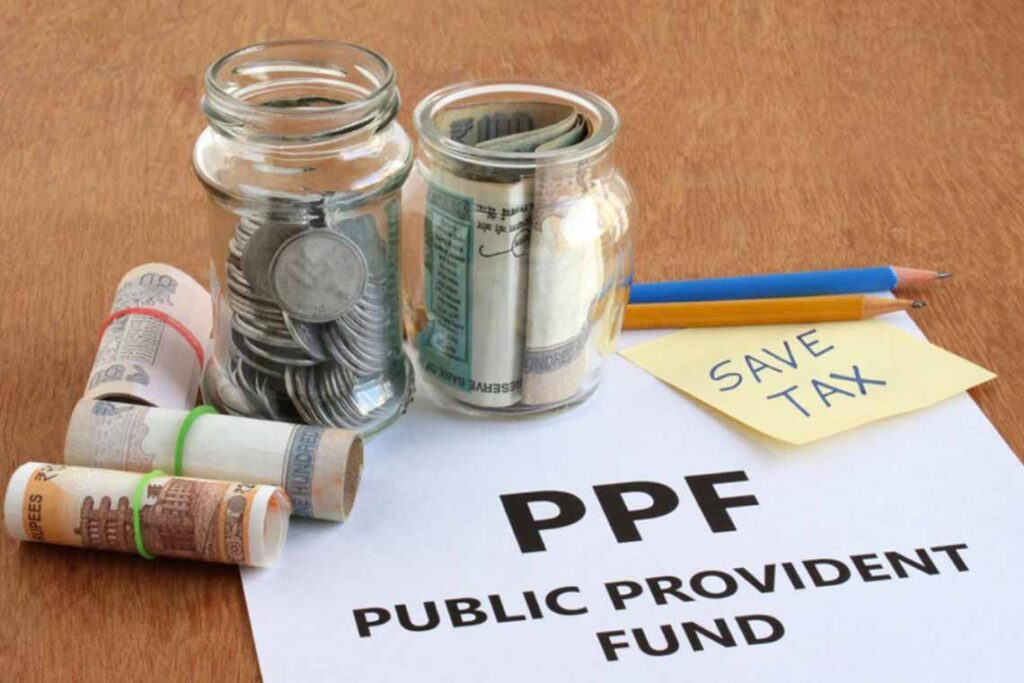Section 115BAB of the Income Tax Act, 1961, was introduced by the Finance Act, 2019, to provide a lower tax rate for new domestic manufacturing companies. This section aims to promote the “Make in India” initiative and encourage the establishment of new manufacturing units in India.
For new players in the manufacturing sector, the Income Tax Act, 1961 introduces Section 115BAB as a catalyst for financial efficiency. This section presents a unique opportunity for domestic companies, weaving a tapestry of tax concessions and incentives. Join us as we embark on a detailed exploration, decoding the provisions of Section 115BAB and shedding light on the strategic advantages it holds for those forging their path in the manufacturing landscape.
Section 115BAB
This section is applicable for domestic companies engaged in the business of manufacturing. The company must be set up and registered on or after October 1, 2019, commencing manufacturing by March 31, 2024.
This section provides for a special tax rate of 15% on certain specified class of business. Surcharge is applicable at a rate of 10%, irrespective of amount of total income. That means if an assessee has opted for paying tax under this scheme then surcharge at the rate of 10% will be applicable irrespective of amount of total income. And Health and Education Cess will be applicable at the rate of 4%.
However, this special rate of 15% is not allowed for every head of income. Following table will clarify various situations and tax rate applicable:
| Case | Rate of Tax | Surcharge and Cess |
| Manufacturing Income u/s 115BAB | 15% | Surcharge @10% & Health and Education Cess @4% will be applicable in every case |
| STCG on transfer of depreciable asset | 15% | |
| STCG on transfer of Non-depreciable asset | 22% | |
| Other Income (other than covered in Chapter XII of Income Tax Act,1961 | 22% | |
| Income Covered in Chapter XII of Income Tax Act, 1961 (ex. 111A, 112, 112A etc) | Special Rates |
Conditions for opting this section:
- The company must be set up and registered on or after October 1, 2019, commencing manufacturing by March 31, 2024.
- Business formation must not involve the splitting or reconstruction of an existing business.
- The company must not use machinery or plant previously used for any purpose. Although this point has some exception:
- 20% of total Plant & Machinery can be used previously.
- Imported Plant and Machinery shall be treated (for this section) as new even if they were previously used outside India
- Company shall not use any building previously used as a Hotel or a convention centre.
Limitations on Business Activities:
- The company`s sole business should be manufacturing or production, excluding specific activities.
- The exclusions include computer software development, mining, marble block conversion, gas bottling, book printing, cinematograph film production, or as notified by the Central Government.
Deduction not allowed:
The total income of the company shall be computed without claiming following deduction:
- Section 10AA
- Section 32(1)(iia), Section 32AD
- Section 33ABand 33ABA
- Section 35(1)(ii), (iia), (iii), 35(2AA), 35(2AB)
- Section 35AD, 35CCC, 35CCD
- Deduction prescribed under Chapter VI-A except Section 80JJAAand 80M
Also, the computation should be done without set-off of any loss or allowance for unabsorbed depreciation deemed so under section 72A, where such loss or depreciation is attributable to any of the deductions referred above .
In the case of non-fulfilment of conditions
In case of non-fulfilment of above mentioned conditions or limitation not met or deductions mentioned above claimed in any previous year, section 115BAB will be invalid for such previous year.
MAT Applicability:
Company opting for section 115BAB is not required to Minimum Alternate Tax u/s 115JB. Since this section applies to newly setup companies, there is no question of brought forward MAT credit.
Cases where the course of business between certain connected persons results in profits exceeding ordinary expectations:
If the Assessing Officer determines that, due to the close connection between the person to whom this section applies and any other person, or for any other reason, the business transactions between them are arranged in a way that produces more than ordinary profits, the Assessing Officer will make adjustments.
In computing the profits and gains of such business for the purposes of this section, the Assessing Officer will take the amount of profits reasonably deemed to have been derived from the business.
If the arrangement involves a specified domestic transaction under section 92BA, the profits from such transaction will be determined based on the arm`s length price, as defined in clause (ii) of section 92F. This is to ensure that the transaction is conducted at a fair market price.
The amount of profits in excess of the amount determined by the Assessing Officer will be deemed to be the income of the person. This implies that the excess profits will be treated as taxable income.
Also the excess amount determined by Assessing officer shall be taxable at the rate of 30% plus surcharge 10% and health and education cess 4%.
Exercising the option:
The provisions of this section shall be applicable only if the option is exercised in Form 10-ID. It shall be exercised through prescribed form on or before the due date of furnishing first ROI u/s 139(1). Once the option is exercised for any previous year it would apply to subsequent previous years and it can’t for such previous year or any subsequent previous year.
Key Features of Section 115BAB:
- Applicability:
- Available to domestic companiesset up and registered on or after October 1, 2019.
- The company must be engaged in manufacturing or production of goodsor in qualifying activities (e.g., research and development, logistics, etc.).
- Eligibility Conditions:
- The company should not be formed by splitting up or reconstructing an existing business.
- It should not use any plant or machinery previously used in India (except for used plant and machinery not exceeding 20% of the total value).
- It should not use any building previously used as a hotel or convention center.
- Tax Rate:
- The applicable tax rate is 15%(plus applicable surcharge and cess).
- The effective tax rate is approximately 16%(including surcharge and cess).
- Opting for Section 115BAB:
- The company must opt for this regimeby filing Form 10-IC along with its income tax return.
- Once opted, the company cannot switch to the normal tax regime in subsequent years.
- Exemptions and Deductions:
- Companies opting for Section 115BAB cannot claimcertain exemptions, deductions, or incentives, such as:
- Deductions under Chapter VI-A(e.g., Section 80C, 80D, etc.), except for Section 80JJAA (employment of new employees).
- Additional depreciation under Section 32(1)(iia).
- Deduction for start-upsunder Section 80-IAC.
- Deduction for special economic zones (SEZs)under Section 10AA.
- Companies opting for Section 115BAB cannot claimcertain exemptions, deductions, or incentives, such as:
- Carry Forward of Losses:
- Losses incurred under this regime can be carried forward and set off against income under the same regime in subsequent years.
- Minimum Alternate Tax (MAT):
- Companies opting for Section 115BAB are exempt from MATunder Section 115JB.
Comparison with Section 115BAA:
| Aspect | Section 115BAB (New Manufacturers) | Section 115BAA (Existing Companies) |
| Applicability | New domestic manufacturing companies | Existing domestic companies |
| Tax Rate | 15% (effective rate: 17.16%) | 22% (effective rate: 25.17%) |
| MAT Applicability | Exempt | Exempt |
| Exemptions/Deductions | Not available | Not available |
| Eligibility | Must be set up after October 1, 2019 | No such condition |











